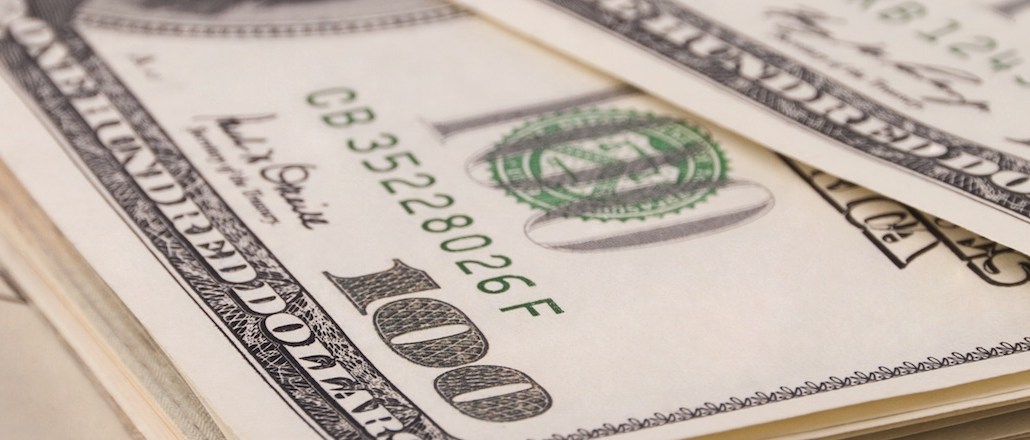
Ben Kunz is vp of strategic planning at Mediassociates, a media planning and buying agency
Like a perennial weed, a prickly advertising grump has once again sprung up, claiming the flower of all digital advertising — the banner ad! — doesn’t work. This week an anonymous media CEO, whom for narrative purposes we’ll call “Deep Throat,” told Digiday that marketers are squandering millions on online ad formats that no one looks at. “We’ve tried to sex up something that was fundamentally broken,” Deep Throat whispered.
Egads. What Throat really was saying is, “Hey, I suck at math.” Because digital ads work phenomenally well, provided you calculate the steps. To paraphrase John Wanamaker: Half the people in advertising don’t know how to measure what works. My problem is that half keeps getting quoted in Digiday.
First, we could try logic. I’ve written here in these pixels before about how the maligned banner actually has response rates (0.07 percent) in the same exact range as most other media (television, for instance, if measured by response rate instead of GRPs works out to about 0.05 percent, see the math here).
But let’s resort to a more lucid argument. It’s called pure math. Pay attention, Mr. Throat, this may challenge you. I’m going to walk you through exactly how digital advertising works.
1. Let’s assume you start with a $100,000 media budget. Your media spend may be higher or lower, but I’m building a model based on response rates, so the end result per acquisition will be the same. We’re in for banner ads at $100k.
2 Get a smart media shop (hi, there) to plan the digital buy, using audience-data targeting and quality placement, for an average $4.00 CPM (CPM, of course, being the cost per 1,000 impressions). That’s aggressive, but with programmatic blended in, doable. We’d typically work in some gee-whiz breakout formats, but let’s stick with boring IAB boxes now for the sake of argument.
3. Crunch the numbers [($100,000 ÷ $4.00) x 1,000] and your $100k budget gets you 25 million digital ad impressions. That’s how many times the ads are “served.”
4. Assume you achieve an average 0.07 percent click-through rate, based on the brilliant data targeting and contextual placement your smart media shop deploys (and despite the bot traffic from Romania). That 25 million impressions multiplied by 0.07 percent gets 17,500 clicks to your site.
5. Now, assume a 2.0 percent conversion rate to sale. Conversion rates — the percent of Web visitors who end up buying your product — vary by brand and industry, but if 2.0 percent of those 17,500 visitors convert to sale, you’ve made 350 sales.
6. Your original $100,000 budget divided by 350 new sales gives you a $285.71 cost per acquisition.
Results vary; we’ve seen $50 to $700 costs-per-acquisition based on, well, how unsexy your product is. But $285-ish is a fair bet.
So to see if digital advertising works, don’t bemoan response rates. Simply ask: Am I making more than $285 per sale? If you are selling razor packages for $10, well, no, digital advertising doesn’t work. You’re upside down. The ROI is -97 percent. Go make a viral video.
But if you sell leather jackets at $1,000, you’re cool. ROI is 250 percent. And … if you sell cars for $30,000, a $285.71 cost per acquisition is very, very cool. Your ROI is 10,400 percent.
In other words, for digital advertising to work, you need a price point well above the digital acquisition cost. And a vast majority of products fit that bill.
This is not opinion. This is cold, logical math.
Of course there are many other variables, Mr. Throat, at play here; companies need to back out their other marketing-related expenses, and add in the “lifetime value” of customers. You also have to measure the concurrent influences of other marketing channels (Is TV feeding your digital clicks? Is Google search eroding them?). And if you’re selling popcorn for sub-$5, good luck.
Finally it is fair to say that little banner-ad boxes don’t work nearly as well as TV spots with their sound, music and fury to launch products or tell a story .– just as newspaper ads don’t grab the same attention as a film movie trailer? Ad Contrarian, I know you’re out there fuming, so I’ll tip that hat to you. The truth is our agency blends digital ads into integrated media plans with TV, radio, OOH, and experiential the way you build a balanced diet. With several components, all supporting each other, all playing an important role.
But to say that digital advertising doesn’t work at all because response rates are low is erroneous. Frankly, it’s embarrassing.
So please, ad folk. Break out the calculator. What you’re really saying when you make claims digital doesn’t work is you stink at math.
More in Marketing

Pandora is betting on AI agents to scale service and emotional selling during the peak holiday season
Pandora is using AI agents to scale customer service and replicate emotional in-store selling online, just as peak season puts pressure on margins and teams.

Rembrand’s CEO wants to grow virtual ad placements in streaming, and he’s looking elsewhere for models
Omar Tawakol wants to improve advertising within the streaming world, and is working with advertisers and publishers to improve that experience.

Marketers are keen to use generative AI in ad campaigns, but hidden costs lurk
Marketers across the industry want to use AI to cut down on time spent in creative production. It’s not so simple in practice.





